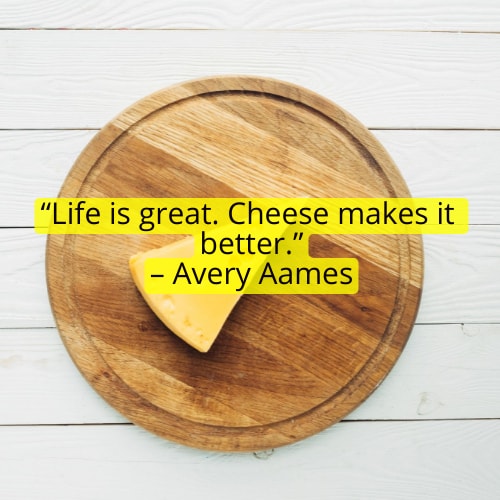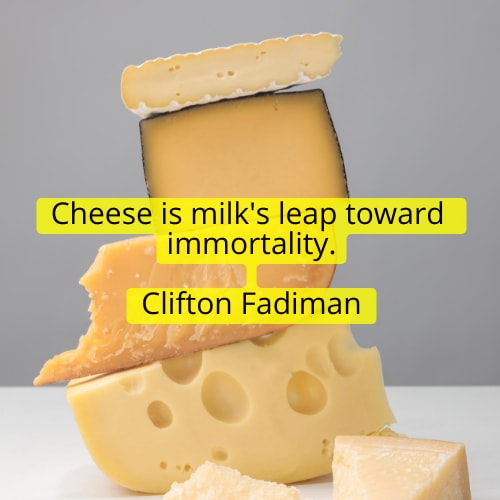For the mojo of Canarian cheese
Food habits are born as much of serendipity, as geography. Although located off the coast of Spain, the Canary Islands are also just around 100 kms off the coast of the North-West African mainland. These islands played a pivotal role as trade routes between Europe, Africa, and the Americas. Those who arrived here, like the Spanish colonialists at the end of the 15th century, brought with them not just a desire for trade or refuelling, but also their foods and customs, creating a distinctive cultural legacy. Fennel from Andalucía. Chayote or “vegetable pear” from Venezuela. Potatoes, beans, and cocoa came in with the American explorers.
To add to this gastronomic complexity were the food habits of the original settlers of the land. When the Guanches arrived, they used flour called gofio in their cuisine. The flour was made from ground cereals — millet, maize, and barley grains. With time, gofio fell out of fashion but is now experiencing a resurgence, as a protein contributor. Escaldon de Gofio, a hot broth thickened with gofio flour, and
added to vegetables, pieces of meat or fish, is popular. Gofio, still made by some millers by hand, is a versatile ingredient and is added to bread, soups, and desserts.
Before the era of refrigeration, food was not the abundant, elaborate affair it is now. The ancestors made the best use of the resources they had. Several types of meat and vegetables were dried, or marinated for weeks, even months, in a sauce made with oil, garlic, and vinegar. Simplicity and ingenuity strongly defined what was on the table. For instance, Ropa Vieja, a thick stew of chickpeas, meat, vegetable, and potatoes, found its origins in early times of scarcity. The name Ropa Vieja itself translates as “old clothes”, an indicator of the fact that whatever food was available went into the pot. Tenerife, the largest of the seven Canary Islands, with its white and black sand beaches and volcanic landscape, is where I begin my…
..


